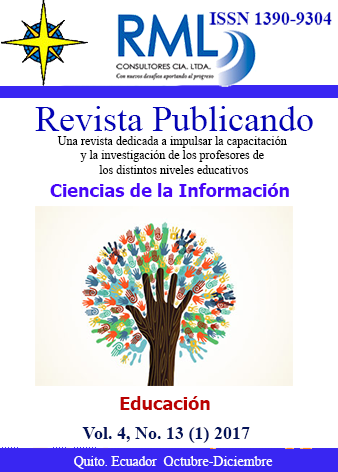Abstract
More and more researches illustrate a great role of idioms in foreign language education. While a great deal of these researches focuses on the positive impact idioms play in learning foreign languages, there is a need for more empirical research aimed at teaching idiomatic language, which requires effective teaching techniques. The authors of this paper made an attempt to meet this challenge. In this study, the research objective defined by the authors is to prove that humorous stories (anecdotes) promote the acquisition of idioms easily and efficiently. The leading research method was a three-stage experiment. To successfully conduct the experiment, there was compiled a list of ninety frequently used English idioms. Twenty two MA students volunteered to participate in this experiment. The obtained results indicated that the linguistic phenomena are “well-digested”™ when they are presented in the appealing way in the classroom. The paper discusses issues and practices of the techniques implemented in this study for teaching idiomatic English in ESP class and offers general recommendations for foreign language educators.
References
Ball, P. Light-bulb Moments: Thinking of Idioms. http://www.skypeenglishclasses.com/idiomatic-expressions/
Brenner, G. (2011). Webster”™s New World American Idioms Handbook. New York, NY: Houghton Mifflin Harcourt.
Boers, F. (2008). Language Awareness: Understanding idioms. MED Magazine, 49, 1-4.
Boers, F., Piquer Píriz, A. M., Stengers, H., & Eyckmans, J. (2009). Does pictorial education foster recollection of idioms? Language Teaching Research, 13 (367), 367-382.
Chen, Y. & Lai, H. (2013). Teaching English idioms as metaphors through cognitive-oriented methods: A case in an EFL writing class. English Language Teaching, 6 (6), 13-20.
Cooper, C. (1998). Teaching idioms. Foreign Language Annals, 31(2), 255-266.
Grant, L., & Nation, I. S. P. (2006). How many idioms are there in English? ITL – International Journal of Applied Linguistics, 151, 1-14.
Nation, P. (2001). Learning Vocabulary in Another Language. Cambridge: Cambridge University Press.
Nation, P., & Meara, P. (2002). Vocabulary. In Schmitt, R. (Ed.), An introduction To Applied Linguistics (pp. 35-54). London: Routledge.
Khalikova, L. M. (2012). Key features of the text of a joke. The Bulletin of Bashkir State University (Russian Federation), 17(2), 980-982.
Rodriguez, J. K., & Winnberg, H. (2013). Teaching Idiomatic Expressions in Language Classrooms – Like the Icing on the Cake? http://allthesisonline.com/wp-content/uploads/2016/01/Teaching-Idiomatic-Expressions-in-Language-Classrooms-%E2%80%93-Like-the-Icing-on-the-Cake.pdf
Shmeleva, E. Ya., & Shmelev A. D. (2002). Russian Anecdote. Text and Speech Genre. Moscow: Languages of Slavonic Culture.
Schmitt, N. (2000). Vocabulary in Language Teaching. Cambridge: Cambridge University Press.
Skovorodnikov, A. P. (2004). The concept “language game”. Philological Sciences, 2, 79-88.
You are free to:
Share — copy and redistribute the material in any medium or format.
Adapt — remix, transform, and build upon the material.
The licensor cannot revoke these freedoms as long as you follow the license terms.
Under the following terms:
Attribution — You must give appropriate credit, provide a link to the license, and indicate if changes were made. You may do so in any reasonable manner, but not in any way that suggests the licensor endorses you or your use.
NonCommercial — You may not use the material for commercial purposes.
ShareAlike — If you remix, transform, or build upon the material, you must distribute your contributions under the same license as the original.
No additional restrictions — You may not apply legal terms or technological measures that legally restrict others from doing anything the license permits.
